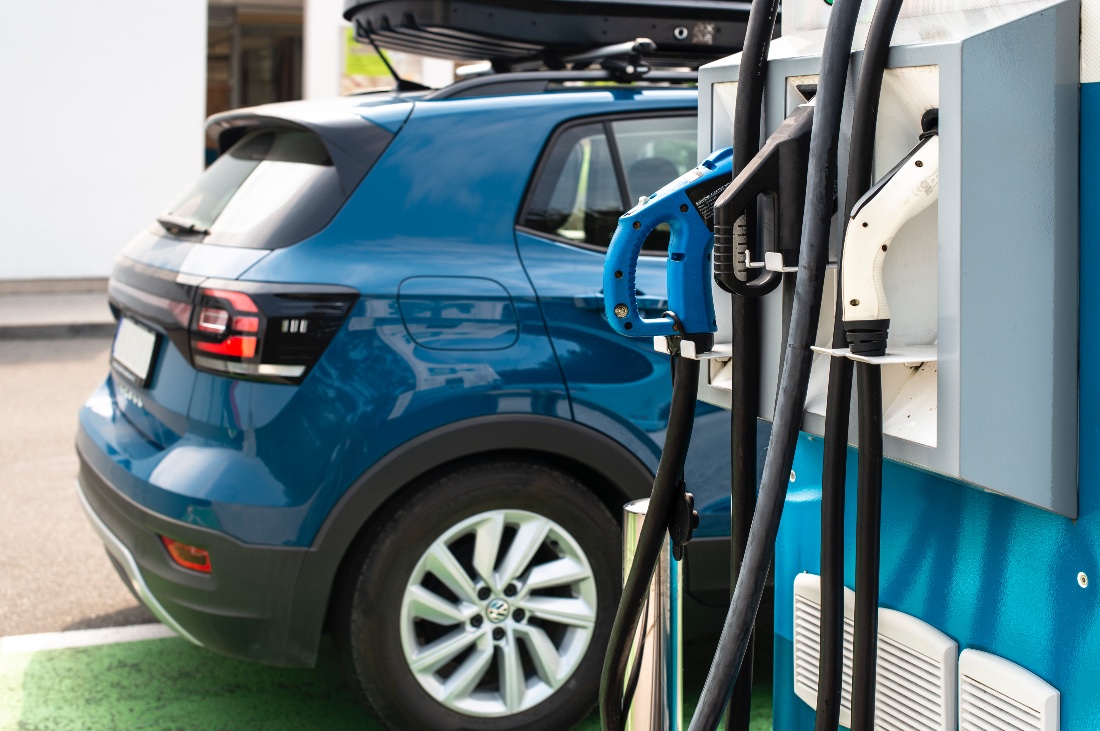A recent New York Times article (“Electric Vehicles’ Big Year at Hand,” by Jack Ewing and Neal E. Boudette, in Weekend, February 19-20, 2022) predicts that 2022 will be a breakout year for electrical vehicle sales across developed countries. The writers note that “Battery-powered cars . . . will enter the mainstream this year as automakers begin selling electric versions of pickup trucks”—their arrival representing “the biggest upheaval in the auto industry since Henry Ford introduced the Model T in 1908.”
The authors point to a number of factors that led them to their conclusions. First, they note that “9 percent of the new cars sold last year worldwide were electric, up from 2.5 percent in 2019.” Even more importantly, they note that “the auto industry is on track to invest half a trillion dollars in the next five years to make the transition to electric vehicles.” They go on to point out that “Companies are planning over a dozen new electric vehicle and battery factories in the United States alone.”
The authors also note the potential impact of extreme weather on e-vehicle sales as the “effects of climate change [become] more tangible.” They also refer to the growing consumer awareness that “electric cars are easy to maintain, cheap to refuel and fun to drive.”
European countries have moved to the new vehicle technology the fastest. Norway, Iceland and Sweden are leading the charge, with plug-in electric vehicles accounting for 74.8%, 45% and 32.2% [of sales] respectively in 2020. China leads the way in the manufacture of electric buses and electric taxis, with over 400,000 e-buses already on the streets of China’s cities—98% of the world’s electric buses. The largest manufacturer of e-buses in the world is BYD, a Chinese company in Shenzhen, Guangdong Province, though other companies are springing up in Sweden (AB Volvo), California (Proterra), the Netherlands (VDL Group) and, of course elsewhere in China (Yutong). With manufacturing of electric buses surging, the expectation is that e-buses will comprise ”67% of global bus fleets by 2040.”
What does this surge in electric vehicle manufacture mean? Overall, it means good news for the planet. Transportation contributes about 25% of GhG emissions each year, so tackling the climate crisis means moving quickly on transforming cars, trucks, buses and other vehicles to battery-run electricity. The New York Times article points out, “Battery-powered cars also have an environmental cost, but even taking into account the energy and raw materials they require, electric vehicles are much better for the climate then conventional cars, according to a Yale School of the Environment study.”
Secondly, as the writers of the article point out, not everyone will benefit from this transition to new electric technology. “Makers of mufflers, fuel injection systems and other parts could go out of business, leaving many workers jobless. Nearly three million Americans make, sell and service cars and auto parts, and industry experts say producing electric vehicles will require fewer workers because the cars have fewer components.” Canada—Ontario, especially—is also home to many parts manufacturers that could be seriously affected, even put out of business, by the transition to come.
Thirdly, because of this threat of job losses, no developed country can afford to lag behind this trend—and no province can either. Here in Ontario, we have lost four years as the previous government’s strategies to reduce carbon emissions in our province have yet to be prioritized or built upon. Unless a quick change in attitude is forthcoming from the government that is elected in June of 2022, Ontario’s economy will suffer. We will be importing electric vehicles made in other countries rather than selling ones made right here in our province. Businesses that produce auto parts for gasoline engines will find their markets drying up and jobs will disappear. Aggressive government action now can help those companies make the transition to the future e-vehicle economy, thus strengthening our economy and saving good jobs.
And one more thing. The recent spike in gasoline prices may also have the effect of driving the market for e-vehicles. Sales of electric cars and trucks, however, will be stalled unless the province quickly creates a network of charge stations. It is good to see companies like Canadian Tire installing chargers at their stores (Orillia Square Mall’s store has a brand new one), but government support for the efforts of private companies, plus the installation of charging stations on highways throughout the province—and not just in the heavily populated south—will spur e-car sales and help Ontario companies that are developing manufacturing capabilities in this technology. A network of chargers will also attract tourists who already own an e-car or who will prefer to rent one when they travel.
To drive safely, drivers are often urged to “look far down the road.” Canada’s federal and provincial governments and businesses need to follow this same advice as the auto industry transforms. If short-sightedness prevails, Canadians everywhere will feel the consequences—and nowhere will the consequences be more severe than right here in Ontario.
____________________

